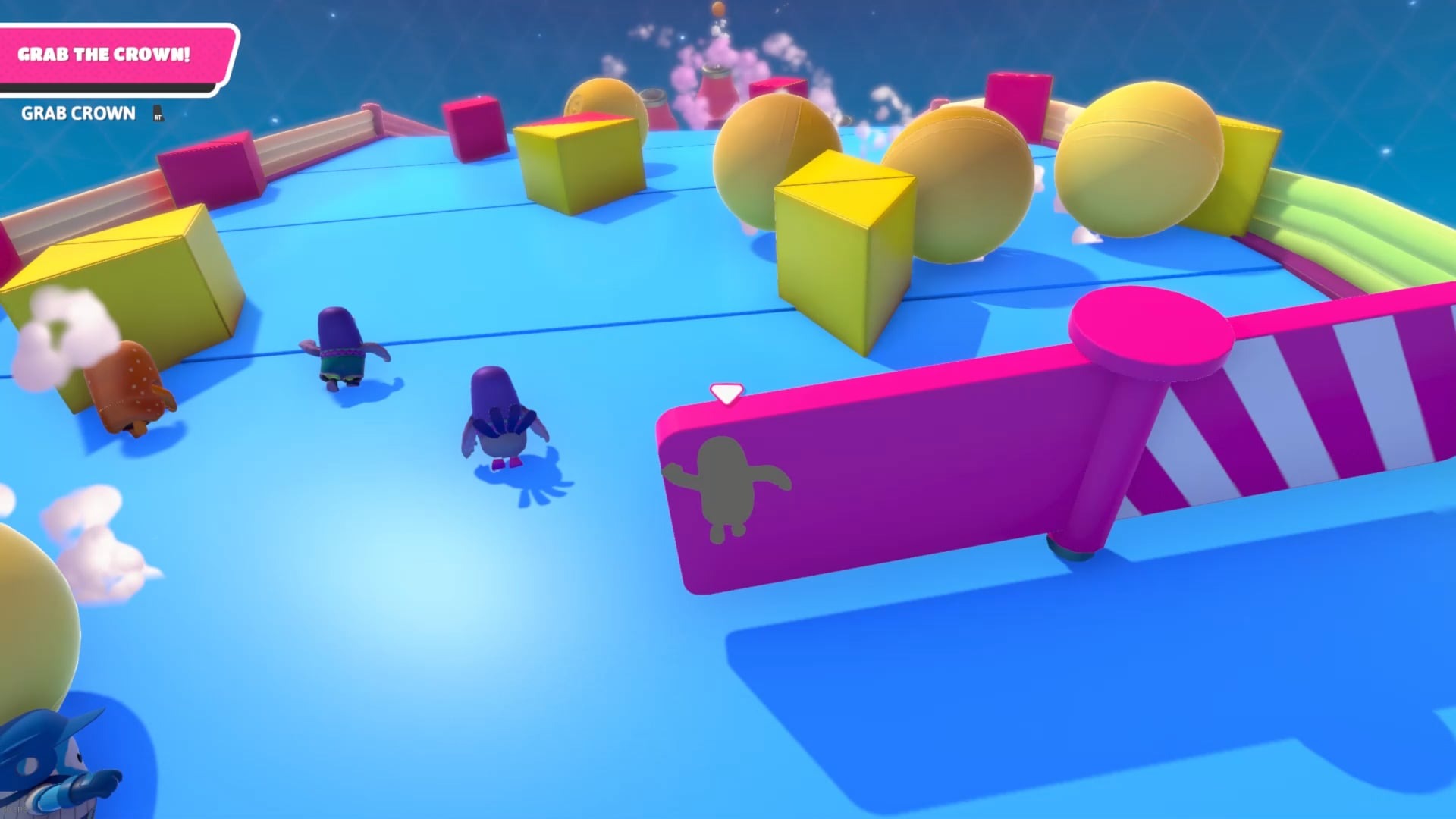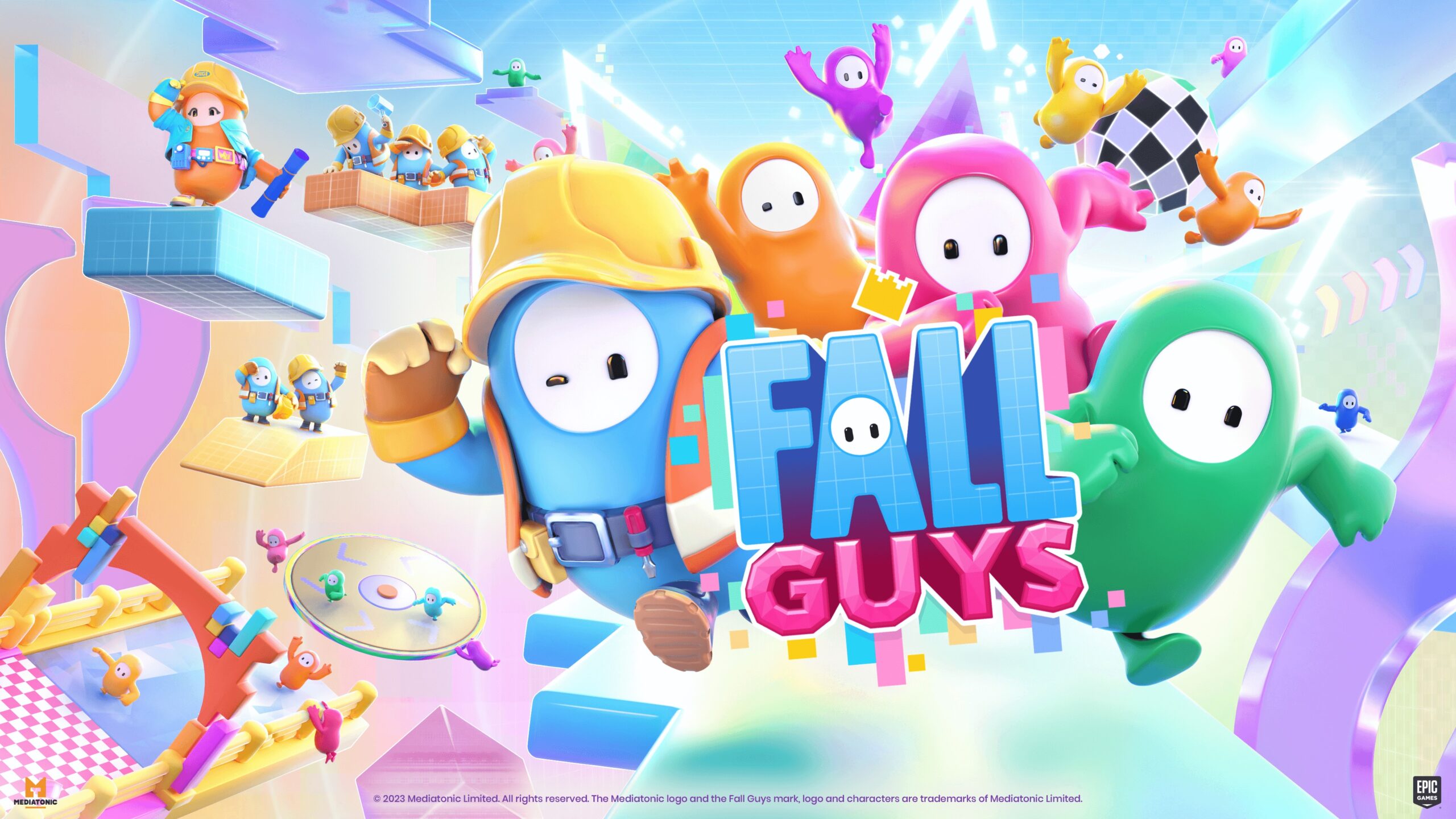
Fall Guys
All trademarks belong to their respective owners. Get GameFall Guys is a chaotic multiplayer party game where 60 players compete in wild obstacle courses and mini-games. Dodge, jump, and stumble your way to victory!
Beyond the Bounce: Advanced Movement and Strategic Play in Fall Guys
While Fall Guys might appear to be a game of simple luck and chaotic flailing, beneath its charming, clumsy exterior lies a surprising amount of strategic depth and nuanced movement mechanics. For players looking to consistently qualify and ultimately claim more Crowns, mastering these advanced techniques and adopting a more tactical mindset is essential. It’s about understanding the physics, exploiting the map layouts, and even leveraging the behavior of your fellow bean-shaped competitors.

The basic run, jump, and dive are just the foundation. Mastering these will set you apart:
- The Power Dive: This is arguably the most crucial advanced technique. A well-timed dive can:
- Extend Jumps: Crucial for clearing larger gaps or reaching distant platforms. Practice judging the distance for maximum extension without diving into a void.
- Speed Boost: On flat surfaces or down slopes, a dive provides a brief burst of speed. Use it to gain an edge in races or escape danger.
- Recovery: If you stumble or get hit, a quick dive can often recover your balance and prevent a full knockdown, saving precious seconds.
- Finish Line Dive: The iconic move to cross the finish line with a flourish, potentially securing a qualification by a hair.
- Post-Dive Recover: Be mindful that diving leaves you prone for a moment. Don’t dive into immediate danger.
- Grab Jumping (Climbing): Some ledges or obstacles can be climbed by jumping and then immediately grabbing the edge. This is crucial for shortcutting or recovering from falls on maps like “Wall Guys” or “Slime Climb.” Practice the timing for the jump-grab-pull-up sequence.
- Mid-Air Control: While your bean is clumsy, you have some limited control in the air. You can subtly adjust your direction after a jump or dive, which is vital for precise landings or avoiding mid-air obstacles.
- Walking vs. Running: While running is default, sometimes walking (or simply letting go of forward) can provide more precise movement, especially on narrow ledges or when trying to avoid pushing from other players.
- Utilizing Obstacles: Learn how certain obstacles can be used to your advantage. For instance, on “See Saw,” you can use the momentum of a tilting platform to fling yourself further. On “Whirlygig,” you might intentionally get hit by a spinner if it propels you forward into a better position.
 2. Strategic Grabbing: The Double-Edged Sword:
2. Strategic Grabbing: The Double-Edged Sword:
Grabbing is the most controversial mechanic, but in skilled hands, it’s a powerful tool:
- Offensive Grabbing:
- Hindering Opponents: Grabbing an opponent just before a jump, while they’re on a narrow platform, or near an edge can cause them to fall or stumble, buying you precious seconds.
- Holding Back Rivals: In final rounds like “Royal Fumble,” grabbing the tail-holder briefly can allow a teammate to grab it.
- Stealing the Crown: In “Fall Mountain,” a perfectly timed grab can snatch the Crown from another player.
- Defensive Grabbing:
- Ledge Grabbing: Grabbing a ledge can prevent you from falling off, allowing you to pull yourself back up.
- Avoiding Stumbles: If you’re about to be hit by an object, sometimes grabbing a static surface can help you maintain balance.
- Risks of Grabbing:
- Vulnerability: While grabbing, you’re often stationary and vulnerable to other players or obstacles.
- Karma: Aggressive grabbing can make you a target for retribution from other players in subsequent rounds.
- Timing: A mistimed grab can actually hinder yourself more than the opponent.
3. Map-Specific Strategies and Route Optimization:
Every mini-game has optimal routes and specific tricks.
- Optimal Pathing: For race rounds, learn the fastest routes. This often means finding shortcuts, understanding jump timings on moving platforms, or identifying the least crowded paths.
- Observation: In the opening seconds of a round, quickly observe the crowd and the obstacles. Are many players going left? Maybe the right side is clearer. Is a specific door always opening in “Door Dash”?
- Choke Point Management: Identify choke points (narrow passages where many players get stuck). Sometimes it’s better to wait for the chaos to clear slightly than to rush in and get knocked over.
- Final Round Specifics:
- Hex-A-Gone: It’s a strategic game of isolating opponents and controlling the board. Don’t just run wildly. Plan your jumps, try to cut off paths for others, and save patches of hexes for yourself.
- Jump Showdown: Focus on precise jumps and avoiding grabs. Maintain a consistent rhythm.
- Fall Mountain: Focus solely on your optimal path and don’t get distracted by other players. Your final dive for the Crown is crucial.
 4. Player Psychology and Crowd Control:
4. Player Psychology and Crowd Control:
- Herd Mentality: Sometimes, letting the initial wave of players absorb the hits from obstacles can be a viable strategy. Follow slightly behind to avoid the initial chaos.
- Targeting: While you shouldn’t be overly malicious, if a player is consistently grabbing you or being a nuisance, sometimes a well-timed grab in return can send a message.
- Patience in Chaos: In rounds like “Door Dash” or “Gate Crash,” sometimes waiting for a clear path to open up is better than blindly rushing into the scrum.
Fall Guys rewards both mechanical skill and tactical acumen. By refining your movement, understanding the strategic nuances of grabbing, and developing a keen eye for optimal map play, you’ll find yourself qualifying more often and inching closer to that glorious Crown, proving that even a clumsy bean can be a true champion of the Blunderdome.
